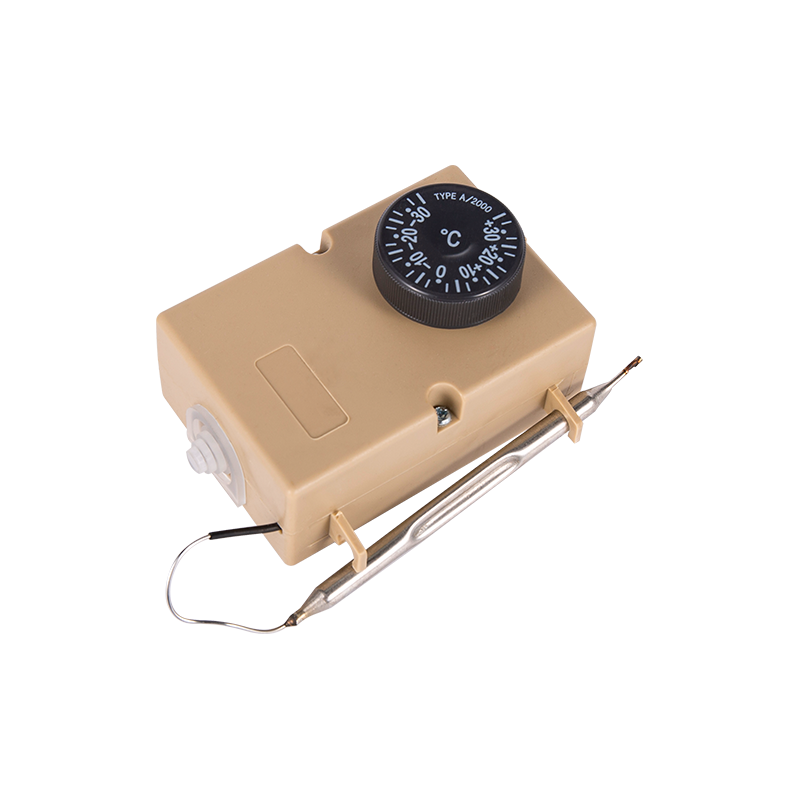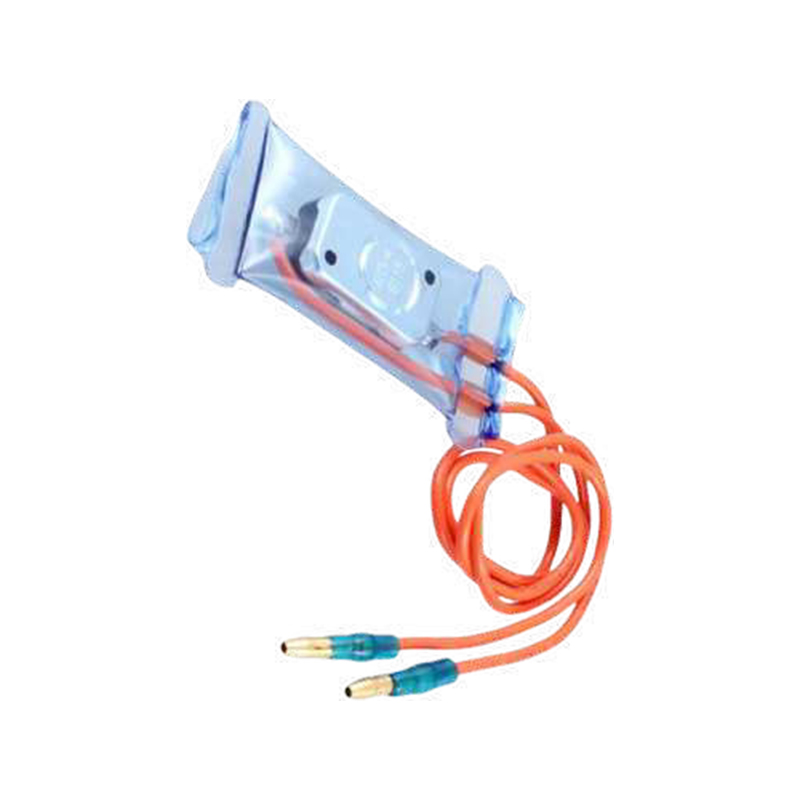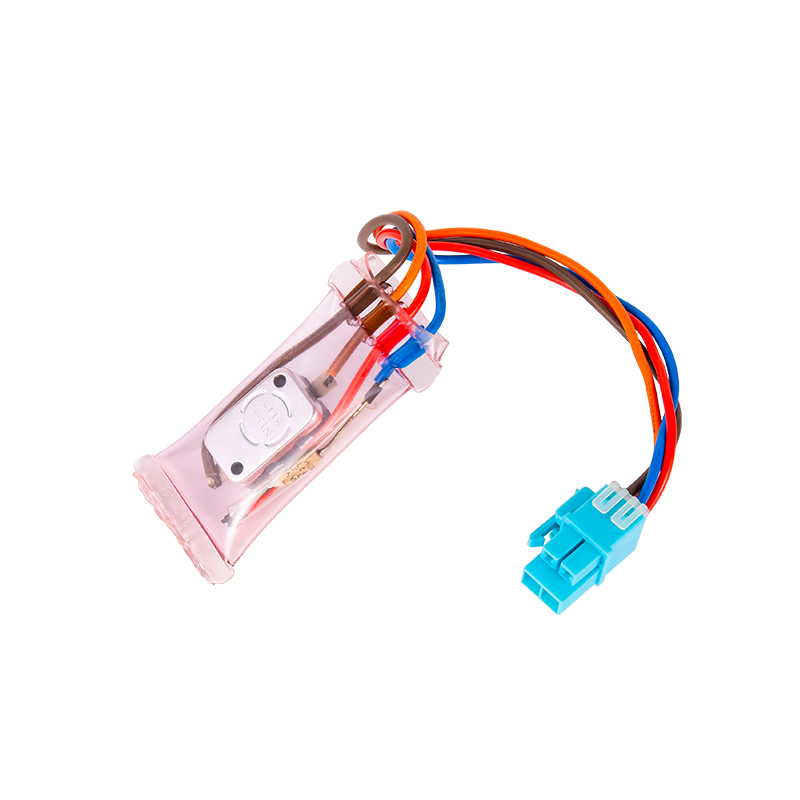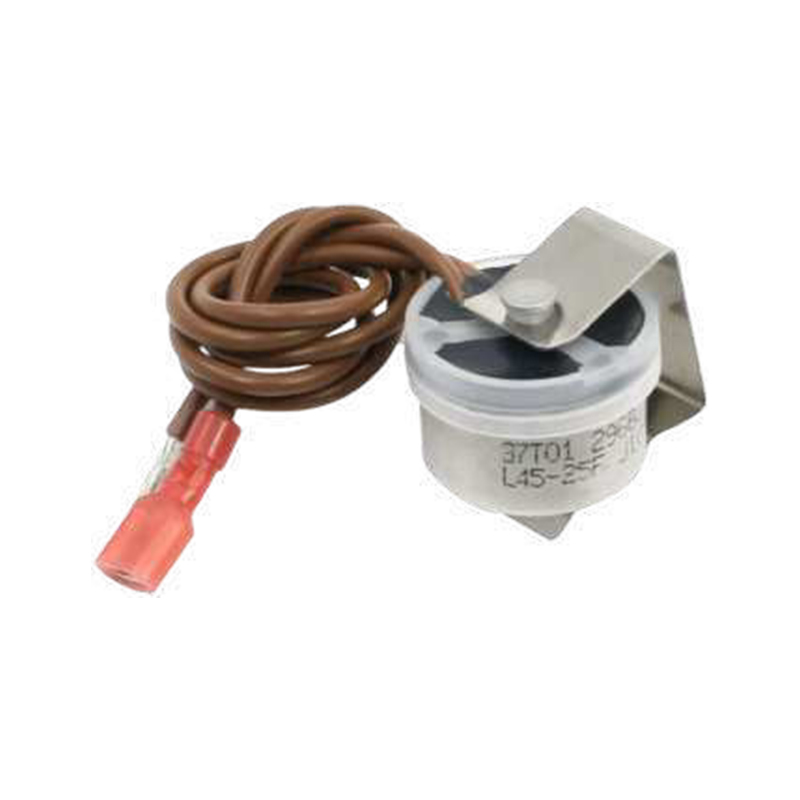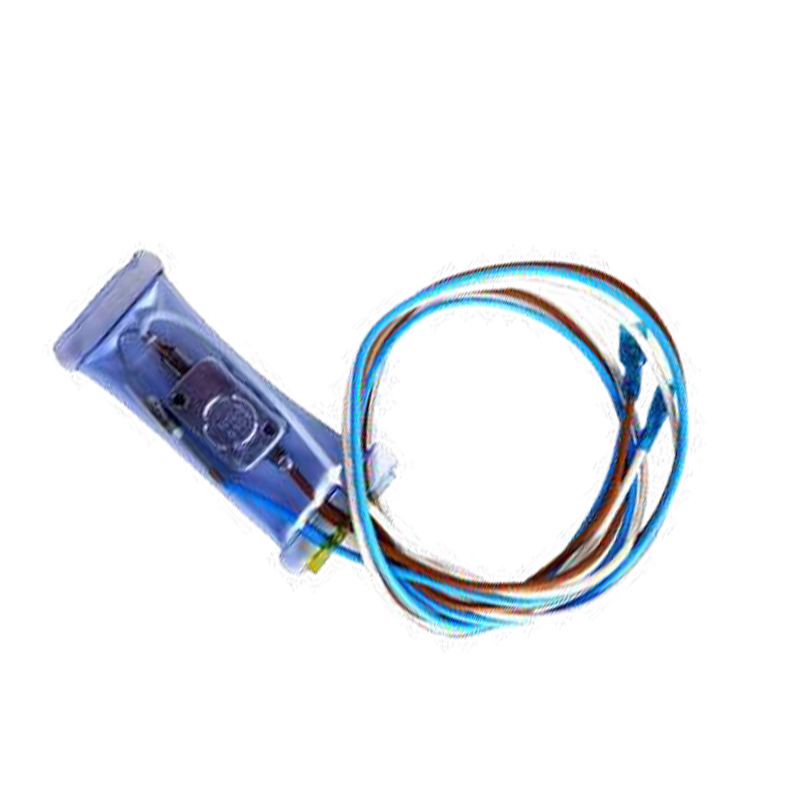Can Thermostat Guard effectively prevent HVAC system failures?
Yes, using Thermostat Guard can effectively prevent HVAC system failures. Here are some specific reasons and mechanisms:
Temperature Limits: Thermostat Guard can set temperature range limits to prevent the system from operating at extreme temperatures. This helps prevent the unit from overheating or overcooling, thereby reducing the risk of failure.
Overuse Protection: By monitoring and limiting the operating time of the HVAC system, Thermostat Guard can prevent the system from wearing out due to long-term operation and extend the life of the equipment.
Scheduled Maintenance Reminders: Many Thermostat Guard products will remind users to perform regular maintenance, such as changing filters and cleaning the system. This helps keep the HVAC system running efficiently and reduces the possibility of failure.
Monitoring Function: Some advanced Thermostat Guards are equipped with fault detection functions that can monitor the performance of the system and issue timely alarms to alert users to potential problems.
Child or Improper Use Protection: Thermostat Guard can limit the operation of the thermostat to prevent children or other unauthorized persons from arbitrarily adjusting the temperature and avoiding system failure caused by human factors.
Protecting the home environment: By preventing the temperature from getting too high or too low, the Thermostat Guard can protect the furniture and equipment in the house from temperature fluctuations, thereby reducing damage and malfunctions.
What are the key features or specifications you should consider when choosing a Thermostat Guard?
Here are some key features and specifications you should consider when choosing a Thermostat Guard:
Temperature range settings: Check if the device allows users to set temperature limits. The ideal Thermostat Guard should support a wide temperature range to suit the needs of different environments.
Programmability: Some models support timer settings, allowing users to automatically adjust the temperature during specific time periods, which helps optimize energy use and improve comfort.
User-friendly interface: Choose a Thermostat Guard with a clear display and easy-to-use interface so that users can easily set and adjust parameters.
Compatibility: Make sure the Thermostat Guard is compatible with your existing HVAC system, including different types of equipment such as heating, air conditioning, and heat pumps.
Smart features: Some Thermostat Guard products are integrated with smart home technology and support connection with other smart devices (such as mobile phones and tablets) for remote monitoring and control.
Fault detection and alarms: Advanced models often have fault detection features that monitor the health of the HVAC system and sound an alarm if something is wrong.
Safety lockout feature: Make sure the unit has a safety lockout feature to prevent unauthorized operation to prevent children or others from adjusting the temperature at will.
Maintenance reminders: Choose a Thermostat Guard that provides regular maintenance reminders, which can help you maintain the system in a timely manner to ensure it runs efficiently.
Durability and materials: Pay attention to the construction and materials of the Thermostat Guard, and choose a model that is durable and suitable for home or commercial environments.
Price and warranty: Compare the prices of different products to make sure the Thermostat Guard you choose is within your budget, and check the warranty period and after-sales service provided by the manufacturer.











